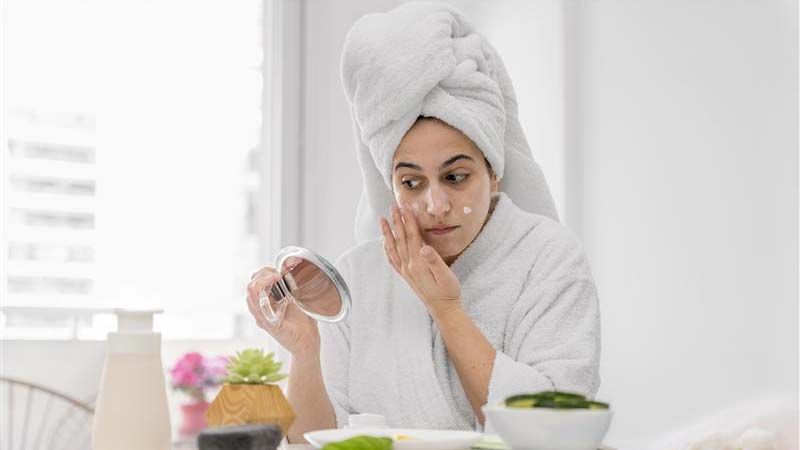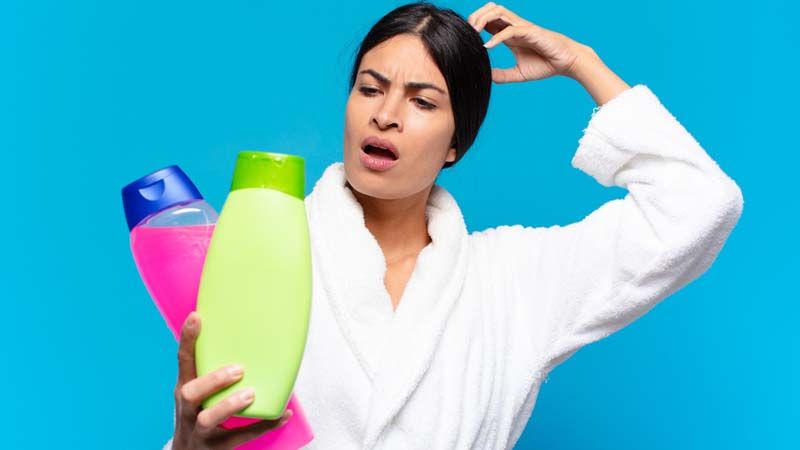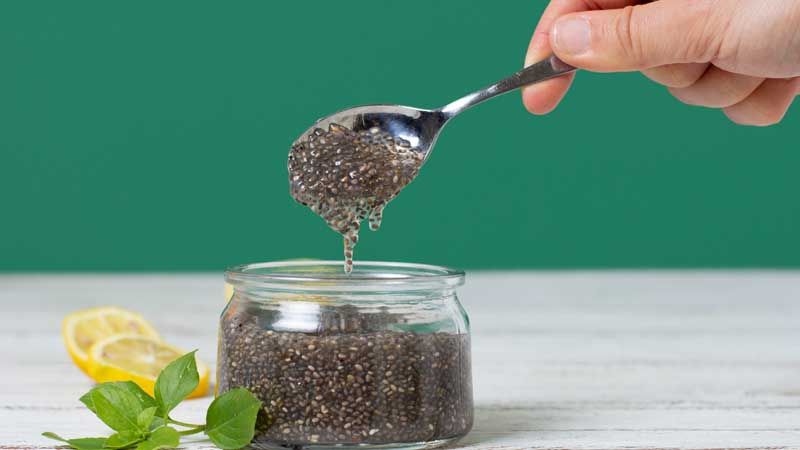Does The SPF of Your Sunscreen Really Matter??
- 30 months ago
SPF (Sun Protection Factor) content is important in sunscreens because it indicates the level of protection that a sunscreen provides against the sun's harmful UV (ultraviolet) rays. These radiations cause sunburn, and skin damage, and can lead to skin cancer.
How do UV rays affect the skin?
2 major types of UV rays can cause damage to your skin:
UV rays type A (UVA): These rays, though may not cause visible sunburns can penetrate deep and may damage the tissues and cause wrinkles.
UV rays type B (UVB): These types of rays are more intense and can cause tan and sunburns.
SPF (Sun protection factor) number indicates collective protection to your skin from both these types of rays. A sunscreen with SPF 30 can provide your skin 30 times the protection of no sunscreen.
Types of sunscreens according to SPF content
There are so many varieties of sunscreens available in the market that claim to protect your skin from the heat. And, the specifications of each of them are enough to confuse the buyer! Specifications range from waterproof, sweatproof, UVB, UVA, SPF 15, 20, 25, 50 etc. What do they all mean? Do they help you?
- Low SPF Sunscreens: These sunscreens typically have an SPF of 15 or lower. They protect against sunburn but do not provide adequate protection against long-term skin damage and skin cancer. They may be suitable for people who rarely spend time outdoors or for brief periods, but for extended exposure, higher SPF sunscreens are recommended.
- Medium SPF Sunscreens: These sunscreens typically have an SPF of 15–30. They provide better protection against UVB rays and are suitable for moderate outdoor activities.
- High SPF Sunscreens: These sunscreens typically have an SPF of 30–50. They provide protection against UVB rays and are recommended for prolonged outdoor activities, especially during peak sun hours (10 am to 4 pm).
- Very High SPF Sunscreens: These sunscreens typically have an SPF of 50 or higher. Very high SPF sunscreens (SPF 50 or higher) provide strong protection against UVB rays. People with fair skin, a history of skin cancer, or those who spend a lot of time in direct sunlight must use high-SPF sunscreen.
It's important to note that regardless of the SPF level of your sunscreen, you still need to reapply it every two hours or after swimming or sweating. No sunscreen can provide 100% protection against UV rays. Additionally, it's important to choose a sunscreen that provides broad-spectrum protection, which means it protects against both UVA and UVB rays.
Why can't an SPF of 100 give 100% protection to your skin?
A sunscreen lotion with SPF 15 can block 90% of UVB and UVA rays. So, you don't need sunscreen with SPF 80 or 100 for adequate protection. And many skin experts say that most SPF numbers are not accurate. The results may vary individually, as certain skin types burn faster than others.
If you have any skin trouble, get in touch with a dermatologist online.
The correct way to apply sunscreen
Here are some points on how to correctly apply sunscreen:
- Choose the optimal type of sunscreen: Look for a broad-spectrum sunscreen with an SPF of 30 or higher. Choose a formula that suits your skin type and concerns, whether it's a chemical or physical sunscreen.
- Apply sunscreen before going outdoors: Apply sunscreen to all exposed skin areas 15-30 minutes before going outdoors. It will give the sunscreen enough time to bind to the skin and start working.
- Use the right amount of sunscreen: Use about 1 ounce (or a shot glass full) of sunscreen for the whole body. Use a nickel-sized amount for the face, neck, and ears. Using too little sunscreen can reduce the effectiveness of the protection.
- Reapply sunscreen often: Reapply sunscreen every two hours or immediately after swimming, sweating, or toweling off. Even water-resistant sunscreens lose effectiveness after 40–80 minutes in water, depending on the product.
- Apply sunscreen evenly: Apply sunscreen evenly to all exposed skin areas. Pay special attention to the face, neck, ears, and back of the hands. Don't forget to apply sunscreen to the tops of your feet and the back of your legs.
- Don't skimp on the application: Don't skimp on the sunscreen application. Apply a generous amount of sunscreen to all exposed skin areas.
- Don't forget to protect your lips: Apply a lip balm or lipstick with an SPF of 30 or higher to protect your lips from sunburn and skin cancer.
- Wear protective clothing: Wearing protective clothing, such as long-sleeved shirts and wide-brimmed hats, can also help protect your skin from the sun's harmful rays.
Conclusion
Remember, sun protection is important year-round, not just in the summer. Follow these tips to protect your skin from sunburn, premature aging, and cancer. Also, sunscreens provide limited protection. If you plan to spend extended periods in direct sunlight, seek shade and wear a hat and sunglasses.









